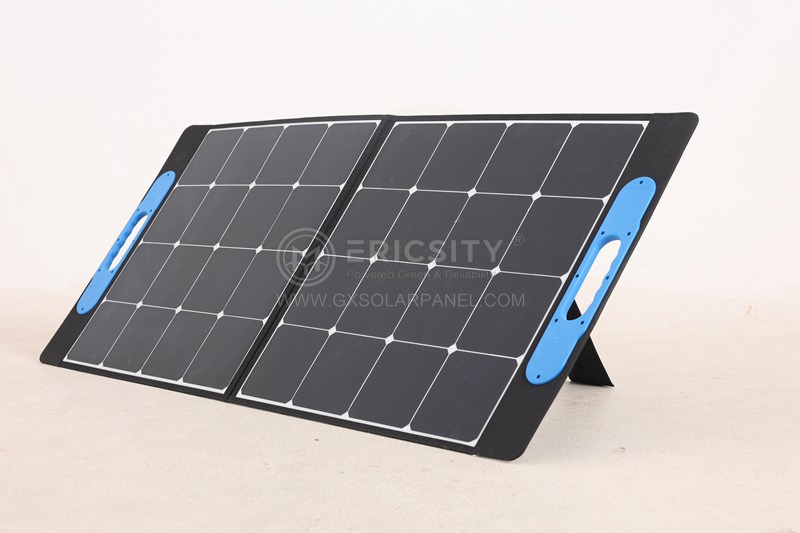HOT PRODUCT
Product Details
semi-flexible Solar Panels: Powering The Next Generation
Title: Semi-Flexible Solar Panels: Powering The Next Generation
Introduction:

In our quest for sustainable energy solutions, solar power has emerged as one of the most promising options. As technology continues to advance, newer and more efficient solar panels are being developed. One such innovation is the semi-flexible solar panel, which combines flexibility and efficiency to power the next generation of solar energy. This article will explore the concept, advantages, and potential applications of semi-flexible solar panels.
1. Understanding Semi-Flexible Solar Panels:
Semi-flexible solar panels are a type of photovoltaic (PV) device designed to be more versatile than traditional rigid panels. These panels are typically made from lightweight materials, such as thin-film solar cells or crystalline silicon, embedded in a flexible polymer substrate. This construction allows them to bend and conform to irregular surfaces, making them ideal for various applications where rigidity is not feasible.
2. Advantages of Semi-Flexible Solar Panels:
2.1. Enhanced Durability and Adaptability:
Unlike traditional solar panels, semi-flexible ones can withstand bending, flexing, and impact to a certain extent. Their durability makes them resistant to minor damages, such as cracks, caused by external forces. This adaptability enables the panels to be installed on curved or irregular surfaces, opening up a range of installation possibilities that were previously unattainable.
2.2. Lightweight and Portable:
Semi-flexible solar panels weigh considerably less than their rigid counterparts, making them easier to transport and install. This advantage is particularly useful in applications such as portable power systems, outdoor recreational equipment, and vehicles, where weight and mobility are critical factors.
2.3. Increased Efficiency:
Thanks to advancements in solar technology, semi-flexible panels have become more efficient in converting sunlight into electricity. The thin-film solar cells used in their construction have improved significantly, resulting in higher efficiency ratings. With the ability to generate electricity even in low-light conditions, these panels can provide a reliable energy source in various settings.
3. Potential Applications of Semi-Flexible Solar Panels:

3.1. Building-Integrated Photovoltaics (BIPV):

Semi-flexible solar panels can be seamlessly integrated into building materials, such as roofing materials, windows, or facades. This integration allows for the generation of solar power while ensuring an aesthetically pleasing and functional design. BIPV has the potential to revolutionize urban infrastructure while reducing reliance on traditional energy sources.
3.2. Off-Grid Applications:

Semi-flexible solar panels are well-suited for off-grid applications, including remote areas or temporary installations. Their portability and adaptability make them ideal for powering outdoor events, camping trips, and emergency situations, enabling individuals to have access to reliable energy sources wherever they go.
3.3. Transportation Sector:
The transportation industry can significantly benefit from semi-flexible solar panels. By incorporating these panels into the body of electric vehicles, manufacturers can augment the onboard battery by harnessing solar energy. This integration can extend the vehicle’s range, reduce charging times, and increase energy efficiency.
Conclusion:
Semi-flexible solar panels represent a significant advancement in solar technology, providing enhanced durability, adaptability, and efficiency. With their lightweight nature and ability to conform to irregular surfaces, they present new possibilities for renewable energy integration, both in urban and off-grid settings. As the world continues to prioritize clean energy solutions, semi-flexible solar panels are poised to play a crucial role in powering the next generation.




